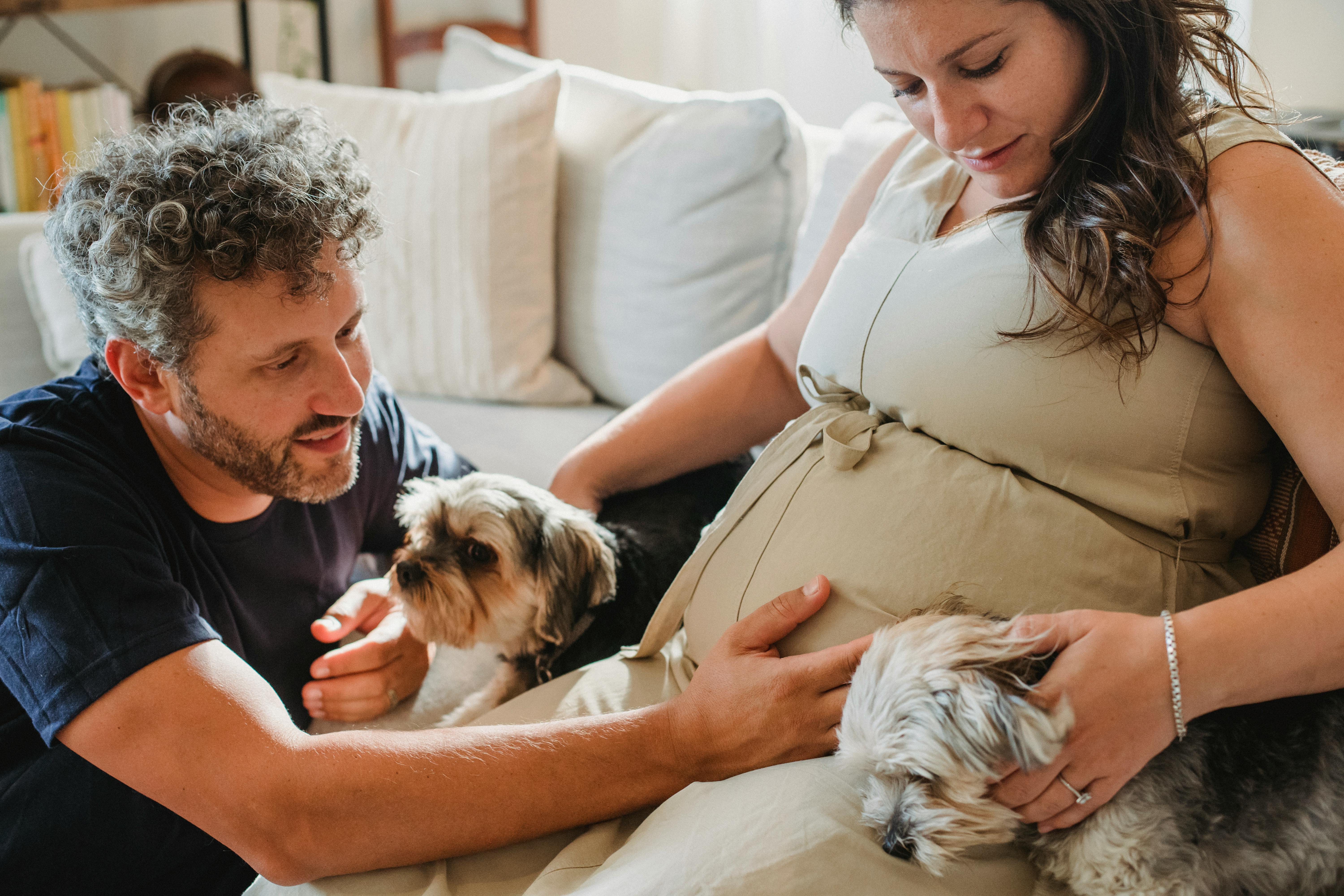As the owner of a busy home lice treatment service, I speak to dozens of parents and caregivers each week who are beyond frustrated with these pesky parasites. They are often desperate and want their battles to end forever! What I have found in talking to these parents is that there are still so much misinformation about head lice.
To successfully treat head lice, it is critical that parents have access to research-based information. That’s why I (and any other treatment professional worth their salt!) spend so much of my time not only treating, but also educating parents.
One complaint I hear over and over again is the way schools handle infestations. While there are steps you can take to minimize the risk of lice spreading from hats, coats, etc., that in itself won’t do much to end recurring infestations.
The reason is simple… lice do not live in the environment. They spread mainly through direct head-to-head contact. What is certain is that they die within 24 to 48 hours, once their heads are removed. Lice need a blood meal every 4 to 6 hours to survive and once they miss two meals in a row, their digestive systems begin to break down. At this point, they are on their way to death and are no longer a threat.
Consider this scenario: Little Janie has lice. She leaves a hat at school overnight (or over the weekend) with a significant amount of lice on it. Most parents fear that head lice will spend the night (or weekend) crawling from locker to locker infesting the entire school. However, in reality, they would be dead or near death when school resumes. However, as in the case of the weekend, they would all be dead when the children return to school. Nits (or eggs) would not be a threat either, since they need the heat of the head to incubate and therefore do not hatch. Even if one were to hatch, the nymph would need a meal within an hour to survive.
Getting back to Janie… Unfortunately, what probably happened is that she went home and was treated with a common over the counter lice product and went back to school. Unfortunately, studies show that lice are becoming resistant to these chemical pesticides, and while most insects may die out, there will often be survivors who continue to lay eggs. To make matters worse, no single product, from non-toxic treatments to the most powerful pesticides, will kill all the eggs. Within a week or two, new lice hatch and soon we are back at square one.
So when Janie’s lice are found again, her parents may mistakenly blame the school for not doing their part in fighting the infestation. What actually needs to happen to finish the cycle is that all lice and nits need to be manually removed from her hair. This is the only way to successfully treat a lice infestation. Keep in mind that there is a HUGE difference between killing live bugs and actually killing an infestation.
The fight against lice should focus on the treatment of the infested heads. This will give you the biggest return on your efforts and will go a long way toward ending your lice drama for good! Wearing yourself out with over-cleaning will leave you with a clean house, but it will do little to solve your lice problem. Likewise, engaging in battles with schools, nurseries, etc. about how to remove lice from the environment will only generate anger and more frustration.
